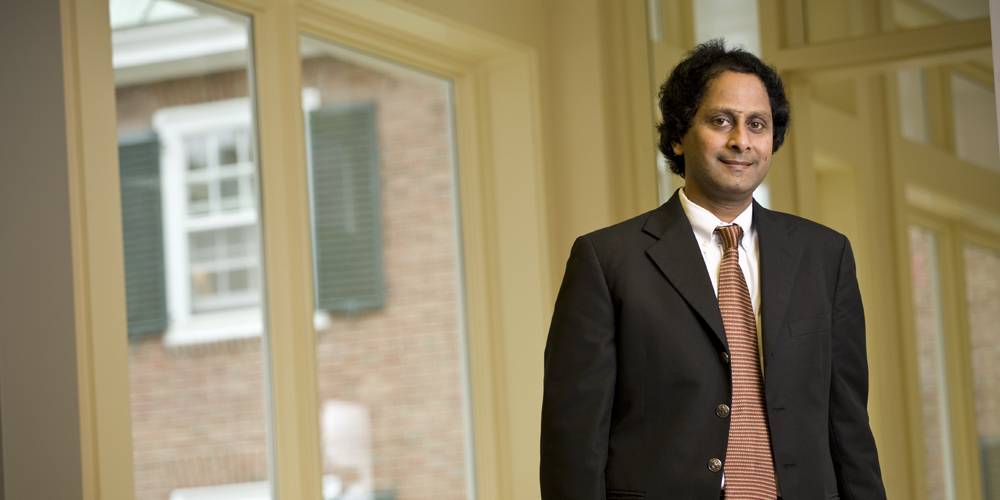Using Neuroscience to Predict Consumer Preferences
Praveen Kopalle knows what you want to buy‚ even before you do.

Praveen Kopalle spends a lot of time poring over numbers, divining from a sea of data what you really want to buy—maybe even before you know it yourself.
On sabbatical this year at the University of Texas, Kopalle, a professor of marketing at Tuck, is sitting in on Ph.D. seminars and devoting himself to research. A study he recently completed looked at hotel and airline loyalty programs to determine how customers value such programs and how companies can best use them. “The design of the programs is important,” says Kopalle. “How do customers value different types of programs? Who are the customer segments? Once you identify that, you can think about how to tweak the programs to maximize revenue or profitability.”
Kopalle found that while leisure travelers tend to value ongoing frequency rewards—“Stay five nights, and the sixth one is free!”—business travelers place a higher premium on customer tier rewards based on that year’s behavior, such as gold, silver, and platinum levels that provide upgrades and complimentary benefits. In both cases, customers tend to purchase more frequently as they approach a big reward, either by shifting their business from other brands or creating new travel plans.
Pricing—another area of interest for Kopalle—is also intertwined with loyalty as it relates to a customer’s perception of value. The data created by customer loyalty programs, such as supermarket or drugstore discount cards, tells a company a lot about your purchase behavior. “Firms can leverage customer loyalty information to maximize value to the customers, either by offering higher perceived benefits at higher cost, the same benefits at a lower price, or a combination of the two,” says Kopalle. The coupons, special offers, and, controversially, even the prices one consumer receives can be very different than another.
Another mathematical model Kopalle has recently developed helps marketers understand how changes to the price of one product influences competitors’ pricing. For example, if the price on Heineken drops by $1 a case, which other SKUs will it affect? Kopalle found that while products are typically divided by attribute (light beers or imported beers or microbrews), consumers don’t always think the same way. Certain products have more price elasticity than others, and the tremendous amount of data available today allowed Kopalle to model the complex value equations that consumers actually make.
And what about new products? Considering that 60 to 70 percent of new products fail, is there a better way to predict what consumers want even before products hit shelves? Kopalle thinks so, and has created an intriguing new type of focus group, enhanced by technology, to find the answer.
Given the evidence from neuroscience that people really do think differently, Kopalle identified a type of person he calls “the emergent consumer.” Roughly 12 to 14 percent of the population, emergent consumers are better able to predict what the general public will want through a combination of higher empathy levels, both rational and experiential types of thinking, and a future-oriented outlook. Kopalle and research associate Chris Huston have created an online platform that brings together emergent consumers for a sort of virtual focus group.
Currently in testing by companies Kopalle declines to name, this work has the potential to create focus groups that can be more effective at a lower cost. “We have shown the promise of the concept,” says Kopalle. “The next step is to show it has external validity. We’re looking forward to seeing how companies use this and reporting the results.”